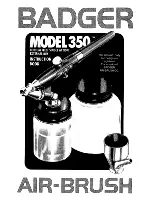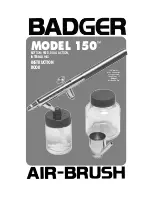
PROCEDURE DI REGOLAZIONE
SET-UP PROCEDURES
4.
4.6
TRASPORTATORE A NASTRO
4.6.1 Tensionamento
Queste operazioni devono essere eseguite con la
MACCHINA IN FUNZIONE, per cui è necessario
prestare la MASSIMA ATTENZIONE, durante le
manovre svolte in vicinanza di elementi che
possono essere in MOVIMENTO.
- Allentare i dadi di bloccaggio A ed i tenditori B.
- Centrare manualmente il tappeto e tenderlo
leggermente.
- Mettere in movimento il tappeto, possibilmente alla
massima velocità, in modo che s’imposti
correttamente sui rulli.
- Nella zona in piano fare due contrassegni sul tappeto,
ad una distanza prefissata (esempio: 1000 mm),
tenendo conto della lunghezza totale del tappeto
stesso.
- Regolare la tensione agendo alternativamente ed
uniformemente sui tenditori B, fino a portare i
contrassegni ad una distanza maggiore dello 0,2%
rispetto a quella prefissata (esempio: da 1000 a 1002
mm).
- Rimettere in movimento il tappeto e verificarne il
corretto centraggio.
- Compiere eventuali correzzioni, intervenendo sul
tenditore posto sul lato verso il quale il tappeto
sbanda, fino ad ottenere un centraggio ottimale.
- A regolazione ultimata, serrare i dadi di bloccaggio A.
Non tendere eccessivamente il nastro, per evitare
una rapida usura di quest’ultimo e/o anomalie di
funzionamento della macchina.
Permane il rischio residuo d’impigliamenti e
schiacciamenti, causa la presenza di elementi ed
organi in movimento, se queste operazioni non
sono eseguite correttamente.
4.6
BELT CONVEYOR
4.6.1 Tensioning
These procedures should be performed with the
MACHINE RUNNING. Use EXTREME CAUTION
while working near MOVING machine parts.
- Loosen clamp nuts A and tensioners B.
- Manually center the conveyor belt and slightly tension
it.
- Operate the conveyor belt (if possible at maximum
speed) until is it is properly positioned over the rollers.
- Make two marks on the flat portion of the conveyor belt
at a predetermined distance (e.g. 1000 mm).
Consider the overall length of the conveyor belt.
- Adjust tensioners B alternately and to the same extent
until the marks are at a distance 0.2% greater than
that previously determined (e.g. the distance has
gone from 1000 to 1002 mm).
- Restart the conveyor belt and make sure it is in the
correct position.
- Make corrections, if required, by using the tensioner
on the side the belt tends to slip until the belt is
perfectly central.
- Once the adjustment has been made, tighten clamp
nuts A.
Do not overtighten the conveyor belt as this may
cause premature wear and/or machine
malfunctioning.
The operator risks getting caught in moving parts
and being seriously injured if these procedures
are not performed correctly.
CEFLA Finishing ed.CE P.33
EDIZIONE STANDARD
A
B
Содержание EASY2000
Страница 334: ......
















































